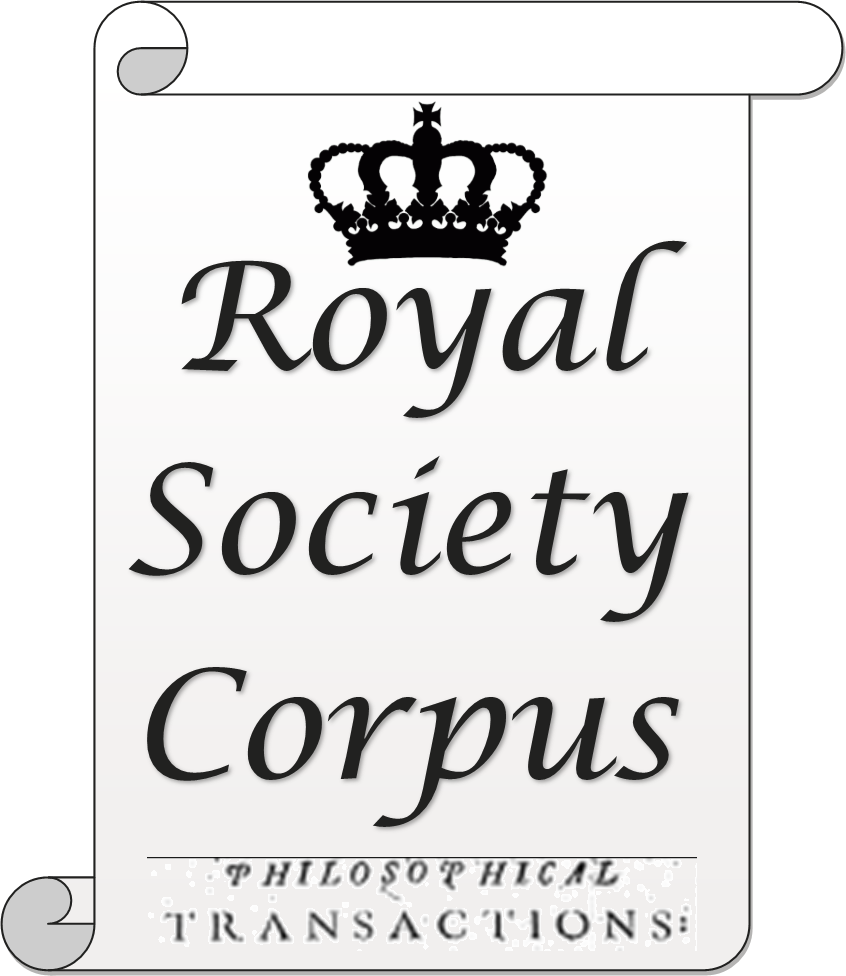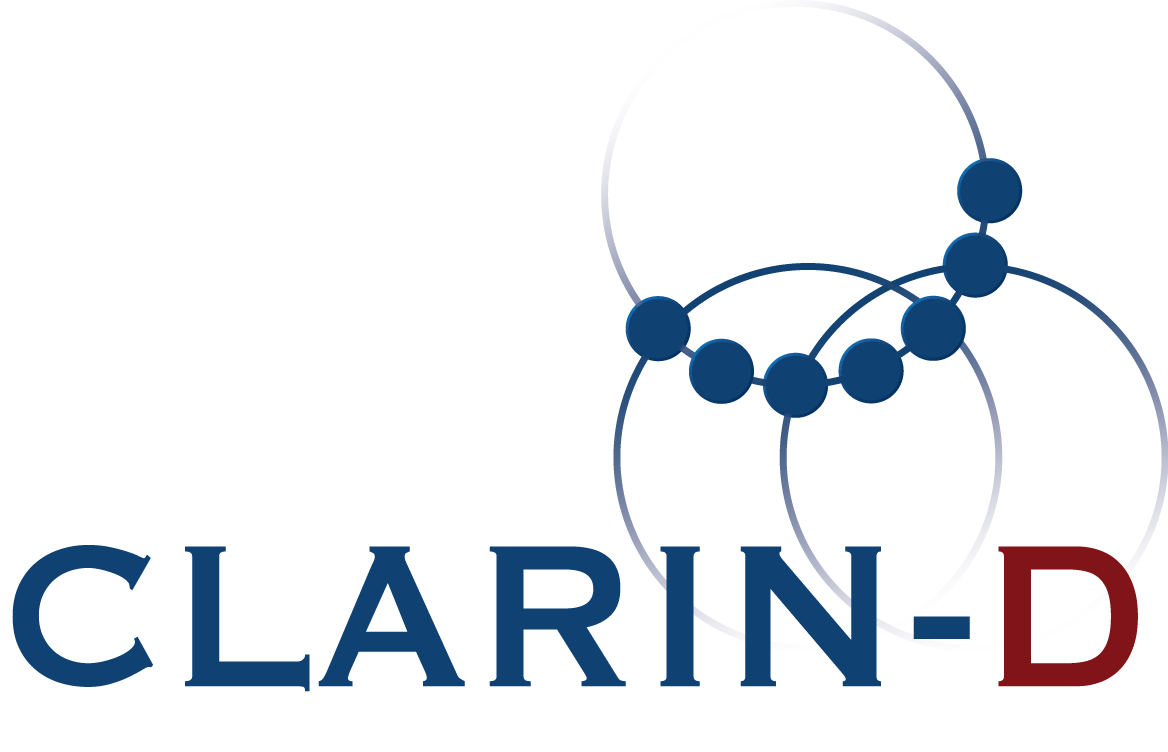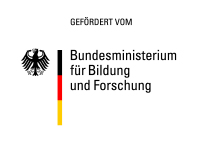The Royal Society Corpus (RSC) 4.0
The Royal Society Corpus (RSC) 4.0 is based on the first two centuries of the Philosophical Transactions of the Royal Society of London from its beginning in 1665 to 1869. It includes all publications of the journal written mainly in English and containing running text. The Philosophical Transactions was the first periodical of scientific writing in England. Founded in 1665 by Henry Oldenburg, the first secretary of the Royal Society, it initially contained excerpts of letters of his scientific correspondence, reviews and summaries of recently-published books, and accounts of observations and experiments.
The previous release of the corpus can be found here, the current release can be found here.
The motivation for building the RSC is to investigate the diachronic linguistic development of scientific English. Specifically, we assume that due to specialization, linguistic encodings become more compact over time (Halliday, 1988; Halliday and Martin, 1993), thus creating a specific discourse type characterized by high information density that is functional for expert communication (cf. Project B1 Information Density and Scientific Literacy in English: Synchronic and Diachronic Perspectives of SFB 1102).
With its long and continuous history the Philosophical Transactions provides a good basis for diachronic analysis of English scientific writing.
We obtained the Philosophical Transactions from JSTOR in a well-formed XML format including meta-data (e.g. author(s), text type (such as article, abstract), day, month and year of publication, volume, text ID, and title). Although already digitized, the source texts still contain a considerable amount of noise, e.g. OCR errors and foreign language material (Latin, French, Italian a.o.), which can impact the quality of any step in corpus processing as well as corpus analysis. Inspired by Agile Software Development (Cockburn 2001), we intertwine corpus building, corpus annotation and analysis to produce new versions of the corpus whenever we encounter problems in data quality. The dedicated corpus building pipeline is divided into three main steps:
- preprocessing,
- linguistic annotation, and
- corpus encoding.
The steps in the pipeline are mostly automatic; manual work is kept to a minimum and is applied prior to the first automatic step in the pipeline (cf. Kermes et al. (2016)).
The corpus is tokenized and linguistically annotated for lemma and part-of-speech using TreeTagger (Schmid 1994, Schmid 1995). For spelling normalization we use a trained model of VARD (Baron and Rayson 2008). As a special feature, we encode with each unit (word token) its (average) surprisal (cf. Kermes and Teich 2017) with words as units and trigram as contexts (cf. Genzel and Charniak 2002).
Detailed information on the linguistic and structural annotation of the RSC can be found here.
The RSC consists of approximately 32 million token and is encoded for text type (abstracts, articles), author, year of publication. Information about decade and 50-year periods are also available allowing for a diachronic analysis of different granularity. Token sizes of the different subcorpora and other corpus statistics can be found here.
The creation of the Royal Society Corpus was supported by the German section of the Common Language Resources and Technology Infrastructure (CLARIN-D), the German Research Foundation (DFG) and the Federal Ministry of Education and Research (BMBF).
The corpus is available for download and can be searched online under license. More information on how to access the corpus can found here.
If you use the Royal Society Corpus in your research, please refer to it using the following article:
Kermes, Hannah, Stefania Degaetano, Ashraf Khamis, Jörg Knappen, and Elke Teich. 2016. “The Royal Society Corpus: From Uncharted Data to Corpus.” In Proceedings of the LREC 2016. Portoroz, Slovenia. http://www.lrec-conf.org/proceedings/lrec2016/summaries/792.html.






